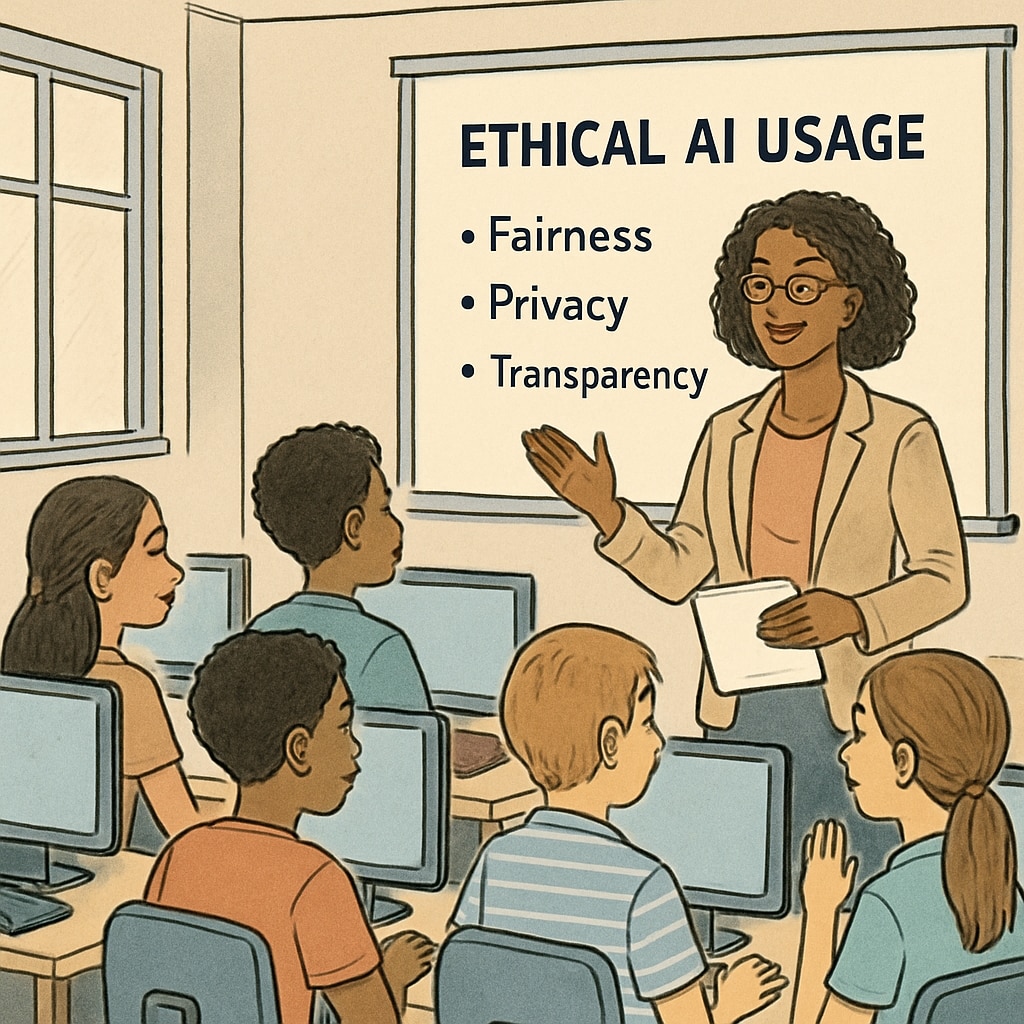In the rapidly evolving landscape of education, the integration of artificial intelligence (AI) tools has sparked both opportunities and challenges. From AI-powered tutoring systems to automated grading solutions, technology is reshaping K12 classrooms. However, concerns about “AI assignments, academic integrity, detection tools” are surfacing as students increasingly use AI to complete homework and essays. This article delves into the hurdles educators face, practical solutions, and the critical balance between embracing innovation and maintaining ethical standards.
Challenges of AI Usage in K12 Education
The widespread adoption of AI tools has undeniably transformed learning. For example, platforms like ChatGPT enable students to generate essays, summarize texts, and even analyze complex topics. While these tools empower students, they can also undermine academic integrity. Educators face the challenge of identifying whether submitted assignments are genuinely authored by students or generated by AI algorithms.
Additionally, the availability of detection tools is limited, especially in schools with restricted budgets. Advanced plagiarism detection systems, such as Turnitin’s AI-detection feature, may require costly subscriptions, leaving resource-strapped institutions vulnerable to misuse. This disparity raises ethical concerns about equitable access to technology and its monitoring.

Balancing Innovation and Academic Integrity
Striking a balance between innovation and ethics is crucial. Schools need to adopt a forward-thinking approach without compromising principles of academic honesty. Here are some strategies to consider:
- Educating Students: Schools can introduce workshops on responsible AI usage, emphasizing its role as a learning aid rather than a shortcut for assignments.
- Transparent Policies: Developing clear guidelines on AI tool usage ensures students understand boundaries and expectations.
- Investing in Detection Tools: Institutions with adequate resources should explore AI-detection systems, such as those provided by Turnitin.
- Collaborative Learning: Teachers can design assignments requiring group collaboration or oral presentations, making AI-generated work harder to disguise.
Educators must also adapt their teaching methods to leverage AI tools for positive outcomes. For instance, encouraging students to use AI for brainstorming ideas or refining grammar can help them develop critical thinking skills while maintaining ethical practices.

Limited Resources: A Persistent Barrier
One of the most pressing challenges is the allocation of resources. Not all schools have the financial capacity to invest in advanced software or train educators in AI literacy. As a result, some institutions lag behind, creating disparities in how AI tools and their misuse are addressed.
For example, smaller schools may rely on manual reviews of assignments, which are time-consuming and less effective than automated detection. Additionally, professional development programs for teachers are essential but often overlooked due to budget constraints. Collaborative efforts at district levels or partnerships with technology firms could alleviate these challenges by providing subsidized access to detection tools and training workshops.
Looking Ahead: Ethical AI Integration
As AI tools continue to evolve, their integration into education systems must be guided by ethical considerations. Governments and educational bodies can play a pivotal role by creating standardized policies and offering funding to under-resourced schools.
Moreover, fostering open dialogues between educators, students, and parents about the pros and cons of AI can promote transparency. Recognizing AI as a complementary tool rather than a replacement for human effort is key to ensuring its responsible use in K12 education.
In conclusion, although AI tools bring undeniable benefits, the challenges of maintaining academic integrity and addressing resource limitations cannot be ignored. By adopting a balanced approach, educators can harness the potential of AI while safeguarding ethical standards in learning environments.
Readability guidance: The article uses short paragraphs, clear subheadings, and lists to improve readability. Transition words such as “however,” “for example,” and “as a result” ensure smooth flow. Passive voice is minimized, and sentence length is controlled for better comprehension.


